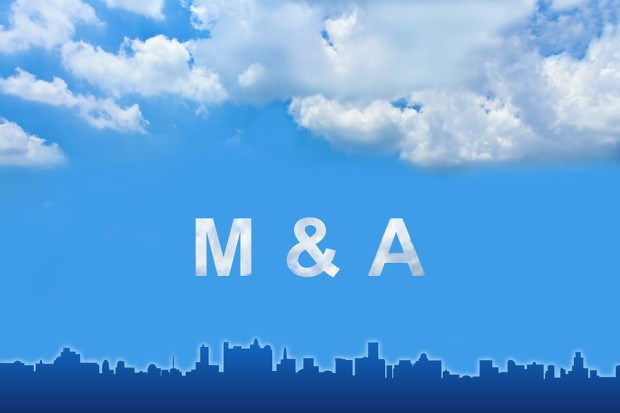Japan’s SOMPO Holdings Inc.’s may be snatching up up Endurance Specialty Holdings Ltd. in a $6.3 billion deal, but executives plan to remain with the acquired company, and Standard & Poor’s sees that as a positive development.
S&P affirmed its ratings for Endurance and its subsidiaries, in part because Endurance’s executives have made longer-term commitments to stick around.
“Endurance’s key executives have entered into long-term contracts to remain with the company and continue the transformational strategy they started three years ago,” Standard & Poor’s said in its explanation for the ratings affirmation.
“The affirmation reflects our view that under SOMPO’s ownership, we will likely view Endurance as a strategically important entity to SOMPO and [it] will preserve its extremely strong capitalization with an intact balance sheet.”
Standard & Poor’s affirmed its ‘BBB+’ long-term counterparty credit rating for Endurance, and its ‘A’ counterparty credit and financial strength ratings for the insurer’s core operating subsidiaries. Also maintained: a stable outlook.
The ratings agency said it expects Endurance will continue to focus on diversifying its lines of business and international presence, which it views as another positive that led to its ratings affirmation.
“The acquisition is a good strategic fit and an expansion of SOMPO’s global operations, and it further enhances its geographic and product diversification with minimal overlap,” Standard & Poor’s said. “The Endurance acquisition will complement the existing SOMPO’s Canopius Platform … which has a good presence in the Lloyd’s market through Syndicate 4444.
Once the deal closes in early 2017, plans call for keeping Endurance’s existing management in place, and SOMPO’s Canopius/Lloyd’s division will be brought under its umbrella. The Canopius element carries some risks, however, Standard & Poor’s warned, due to “cultural challenges.”
Standard & Poor’s noted it views Endurance’s enterprise risk management as strong, but sees SOMPO’s as “only adequate with strong risk controls.”
Source: Standard & Poor’s





















 Five AI Trends Reshaping Insurance in 2026
Five AI Trends Reshaping Insurance in 2026  California Workers Comp Combined Ratio for 2024 Highest in 20-Plus Years
California Workers Comp Combined Ratio for 2024 Highest in 20-Plus Years  Why ‘Good Enough’ Is Killing Insurance: The Hidden Cost of Satisficing
Why ‘Good Enough’ Is Killing Insurance: The Hidden Cost of Satisficing  Nearly Half of 100 Largest P/C Insurers Destroy Value: ACORD
Nearly Half of 100 Largest P/C Insurers Destroy Value: ACORD 










